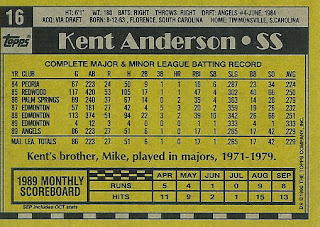In June of 1986 the Phllies called up Bruce Ruffin from their AA Reading club in just his second professional season. Of course for ever action their is an equal and opposite reaction. The reaction or player cut from the team was Steve Carlton, just the greatest Phillies lefty ever, one of the greatest lefties ever-Warren Spahn, Randy Johnson, Sandy Koufax-and that was how Ruffin was called up.
He was drafted by the Phillies in the 2nd round of the June of 85 draft. Two picks after Ruffin the Expos took Randy Johnson-if only they had taken him instead. :) Coming out of the University of Texas he won the NCAA title in his freshman year of 83. His teammates included Roger Clemens and Calvin Schiraldi.
Upon arrival he had a fastball and a slider which he called more of a slurve and was working on a change-up. He pitched his first complete game victory against the Braves on July 8 and hit a two-run double. By the end of the season he was 9-4 with an excellent 2.46 ERA and had the best WAR of his career with a 3.6. He also set his personal best in BB/9 with 2.7 and his second best WHIP with a 1.244. In 87 he dropped off to an 11-14 with 4.35 over 204.2 innings. The one stat that stands out was his gargantuan WHIP of 1.51 which would become the bane of his career. The next three years he would win 6 and lose 10 to 13 games a year all with massive WHIP's and high ERAs. After a tolerable season in 91 (4-7 3.78 and a WHIP of 1.37) he was traded to the Brewers for Dale Sveum. A awful season with the Brewers along with a couple of trips to the minors and an ERA of 6.67 didn't deter Colorado from signing him as a free agent. In April of 1994 he combined with David Nied and Darren Holmes to throw the first, of far too few, shutout in Rockies history. Five years with the Rockies saw his best ERA of 3.84 though he pitched mostly out of the bullpen setting his career high in saves in 96 with 24. In 97 his control left him and his BB/9 blew up to an astronomical 7.4 that along with back and elbow issues saw him spend most of the season on the DL. An attempt at a comeback in 98 didn't succeed and his career was over.
Currently his son Chance pitches for the Seattle Mariners.

























